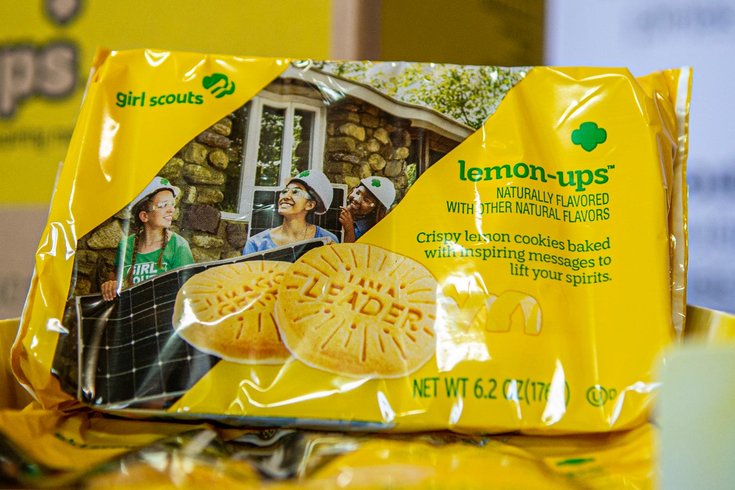
According to arket researchers, 25% of Americans completed Dry January in 2024. This year, there's a good chance that the numbers will be even bigger. That makes for millions of participants worldwide — and millions of reasons for participating.
However, there probably isn't a single person alive today who'd list "defeating the Soviet Union" as their reason for giving up the drink. Not so in 1942. At the time, Finland was at war with the Soviet Union.

Resources were scarce and morale was low — which led many Finns to drink. To conserve grain and combat the country's growing alcohol problem, the Finnish government launched a campaign encouraging people to give up alcohol in January. The 1942 campaign (called Raitis Tammikuu, or "Sober January") was likely inspired by 19th-century Finnish alcohol boycotts.
Unlike American temperance movements, 19th-century Finns didn't boycott booze for moral reasons. They didn't pledge to quit it entirely, either (most boycotts lasted less than a year). Instead, Finnish workers boycotted alcohol to put pressure on the economy.
After all, that's why . While the Finnish government might've launched the first Dry January campaign, it was Alcohol Change UK (an organization dedicated to changing drinking habits in the United Kingdom) that popularized the modern movement. While only 4,000 people signed up in the first year, the movement has gone international.
It continues to grow — especially as younger generations drink less and . The modern Dry January The modern Dry January movement was the brainchild of a woman named Emily Robinson. Robinson planned to run a half marathon in February 2011, and decided to quit alcohol leading up to the event.
In , Robinson explained that it had "an amazing effect...
physically, mentally, and on the people around me." After she got a job at Alcohol Change UK, she pitched the idea. The organization launched its first Dry January campaign in 2013.
Robinson might not have known it, but some folks kept January dry before she even had the idea. In 2010, about a friend, Kerri Harrop, who'd been keeping her Januaries dry for "six or seven years." At the time, Harrop worked as a publicist for music and clubs, so parties were part of her job.
"By the time December rolls around, there have been a hell of a lot of parties in the last 11 months," Harrop told the Times. "I've had enough liquor." Instead, she'd ask for soda water with lemon and , despite containing a small amount of alcohol.
For Harrop, having a cocktail-ish drink in hand helped her resist temptation and kept nosy questions at bay. The article also mentioned a Dry January Facebook page with a whopping 39 members. Despite its small size, the page had an impact.
Some posters celebrated success; for others, it was a wake-up call. Having a successful Dry January So why has Dry January become such a success? It gives participants a fresh start to the new year — and helps sober-curious folks and serious drinkers alike rethink their relationship with alcohol. Addiction counselors support the idea, too.
"When someone starts questioning whether they have a problem, I suggest they abstain for 30 days," UC Davis substance abuse counselor Tommie Trevino . You may see benefits like improved mood, weight loss, better sleep, and increased energy. It'll also help your liver: found that growth factors related to cancer decreased after a booze-free month, too.
Struggling to finish the month? Research shows that actions like signing a pledge or using help you stay on track. It's more effective than making a commitment on your own. Pairing up with friends helps, too, and it's helpful to find , like mocktails or .
Dry January isn't for everyone, though. Serious drinkers could experience life-threatening withdrawal. Remember, the most successful Dry January can paradoxically be a failed Dry January.
Consider the case of one early Dry January participant. As the Seattle Times reported, one member of the Dry January Facebook group left partway through the challenge. "I've not gone more then [sic] 48 hours without a drink this month," they wrote.
But the Facebook user didn't give up. Instead, the article explained, the experience inspired them to search out . Recommended.















